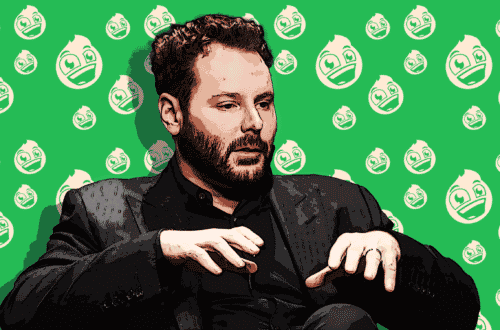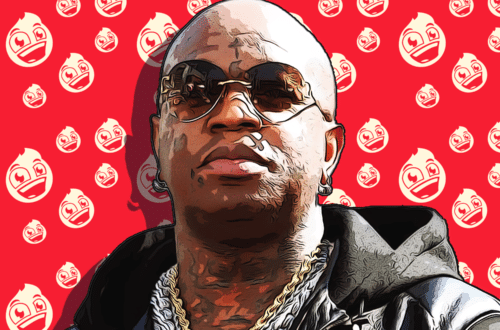10 Incredible Ways Athletes Treat Sports Injuries
Lists, Shocking, WeirdAn injury is one of the worst things that can happen to any professional athlete. They can be out of action for months at a time if the damage is particularly serious and go on to miss important events such as finals or season ending deciders. Not only that, but any injury can also severely affect an athletes career, potentially forcing them to retire. It is no wonder then that sport stars, physiotherapists and coaches can sometimes go to extreme lengths to treat injuries and to lessen their effects.
Horse Placenta
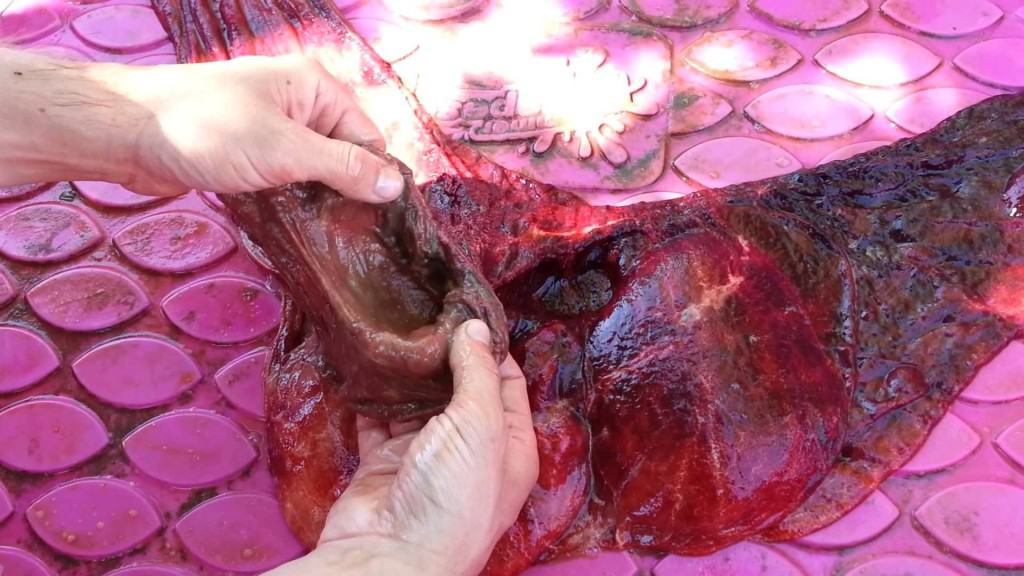
There has been a growing belief in the past few years about the uses that a placenta can have, with many people explaining the positive effects they could have. Several sports stars, including the likes of Robin van Persie and Frank Lampard, have had horse placenta rubbed into their muscle to help heal tears and sprains.
Teeth Removal

According to some research, there may be a link between some dental problems and muscle injuries that are common for professional athletes. While the link has not been proved, several sport stars have decided to have troublesome teeth removed in the hopes that it would help them avoid future injuries.
Leeches

While leeches may seem like a treatment from the dark ages of medicine, the truth is that they are still used by hospitals around the world for specific conditions. Louis Saha, a striker for soccer team Everton, decided to have leech therapy to treat his knee, which caused him great pain thanks to a large amount of inflammation. According to the player, the treatment worked perfectly and the swelling went down almost immediately.
Viagra
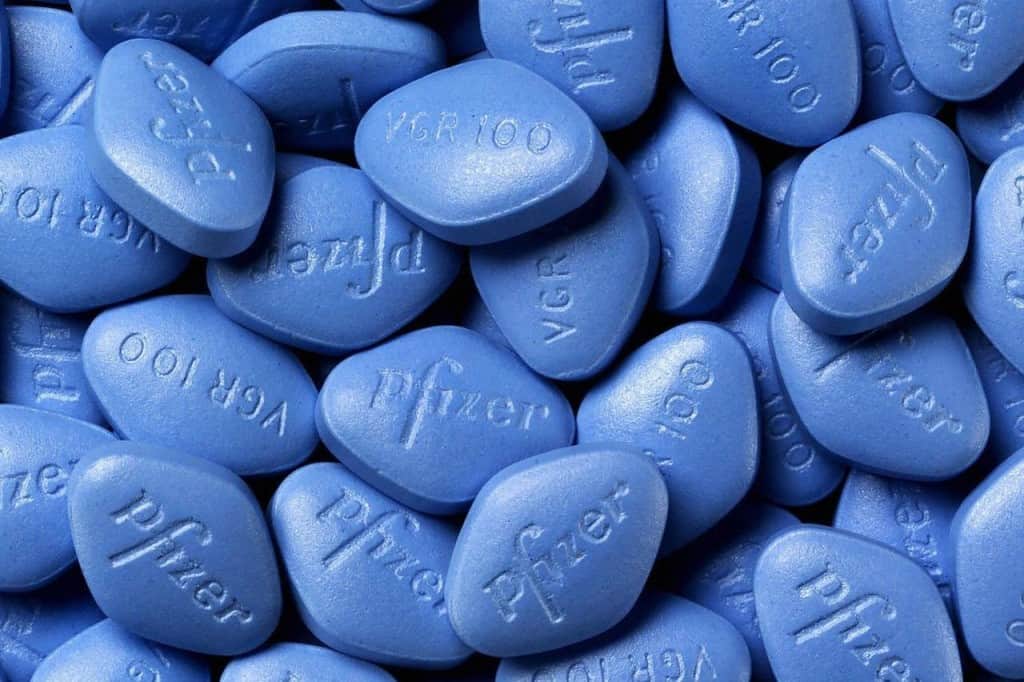
Occasionally, sport teams have to play at higher altitudes than their players are used to dealing with, which can lead to problems and prevent them from reaching their peak performance. To combat this, some coaches have given their players Viagra, in the hope that the increased blood flow would effectively cancel out the issues caused by being so far above sea level.
Chinese Hamster Ovaries
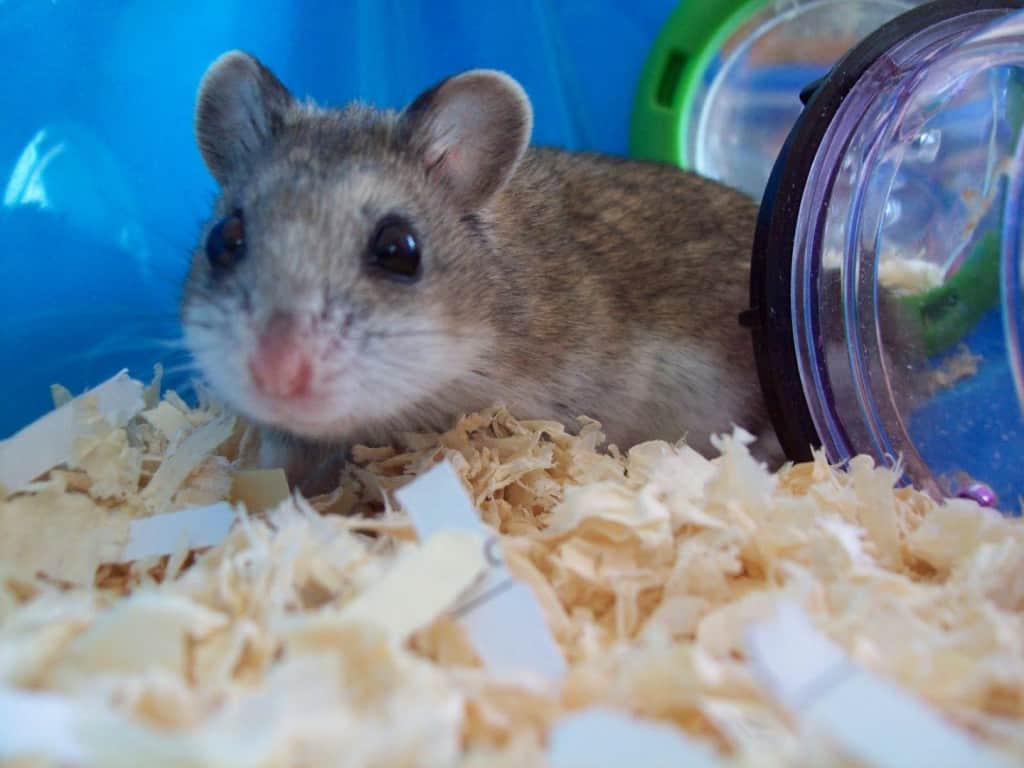
After breaking his thumb almost in two during the 2010/11 season, Kyle Reimers had to have surgery to insert a plate into the digit to ensure it healed properly. To help speed up his recovery though, the surgeons used an extra option that they normally don’t, Chinese hamster ovaries. This is because they contain OP-1, a chemical that can increase the rate that bones can grow, effectively shaving a third off the recovery time.
Baby Stem Cells
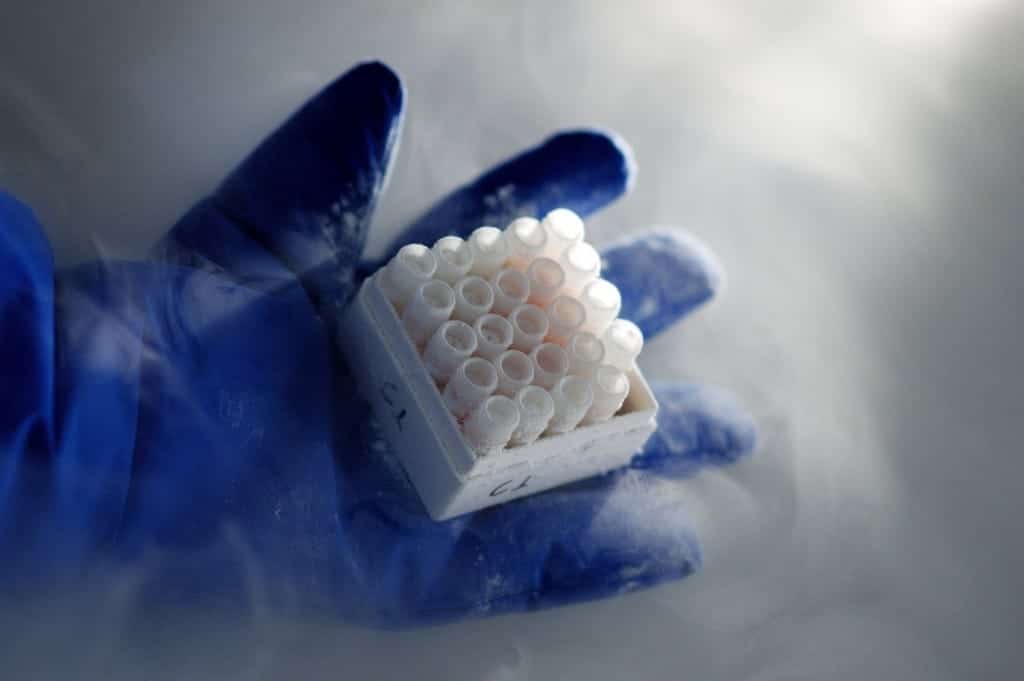
According to several sources, Premier League footballers have been known to take stem cells from the umbilical cords of their newborn children and keep them frozen in case they suffer injuries in their career. They believe that the cells could be used in a number of treatments and help speed up recovery times significantly.
Goats’ Blood

Several athletes have also used goats’ blood as a treatment for tight or sprained muscles, particularly in the leg. Dr. Hans Wilhelm from Germany has developed a reputation for strange medical treatments and has injected the blood under the skin of several athletes, including St Johnstone striker Peter MacDonald.
Cryotherapy
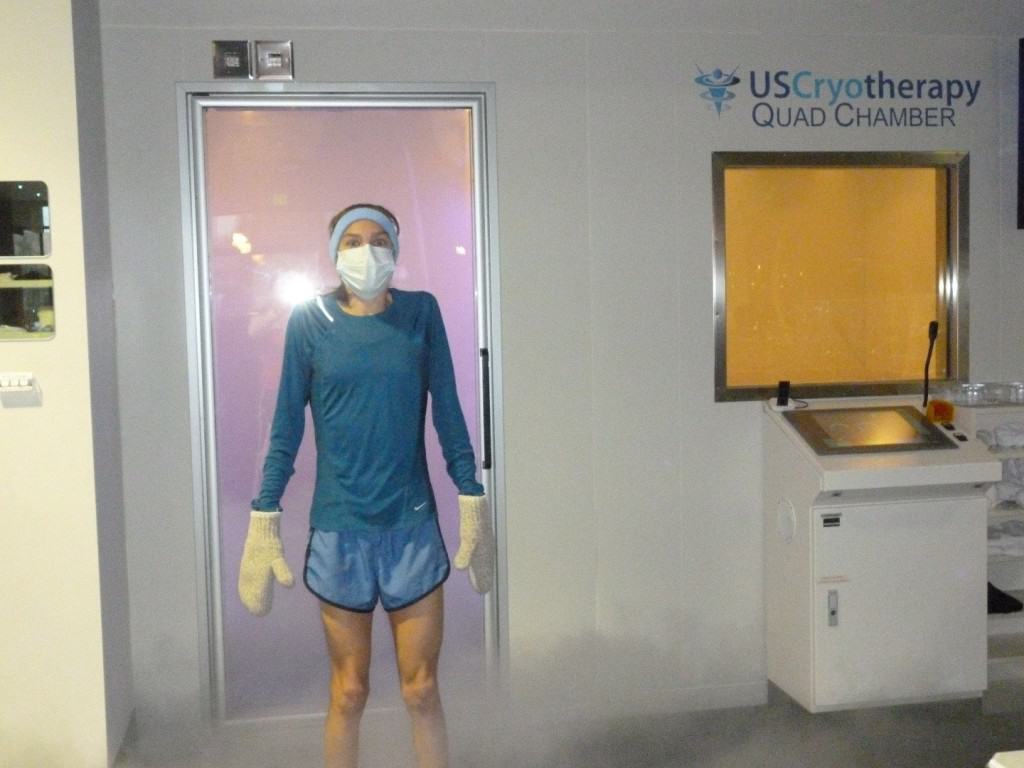
Although cryotherapy was initially developed as a treatment method for those suffering from severe arthritis and multiple sclerosis, it has now been adopted by many European football clubs. It involves a person going into a chamber that then blasts out cold air, at temperatures typically around -140°C, for around two minutes. Experts believe it can help to treat muscle soreness and prevent muscle injuries from occurring after training sessions or matches.
Faith Healing
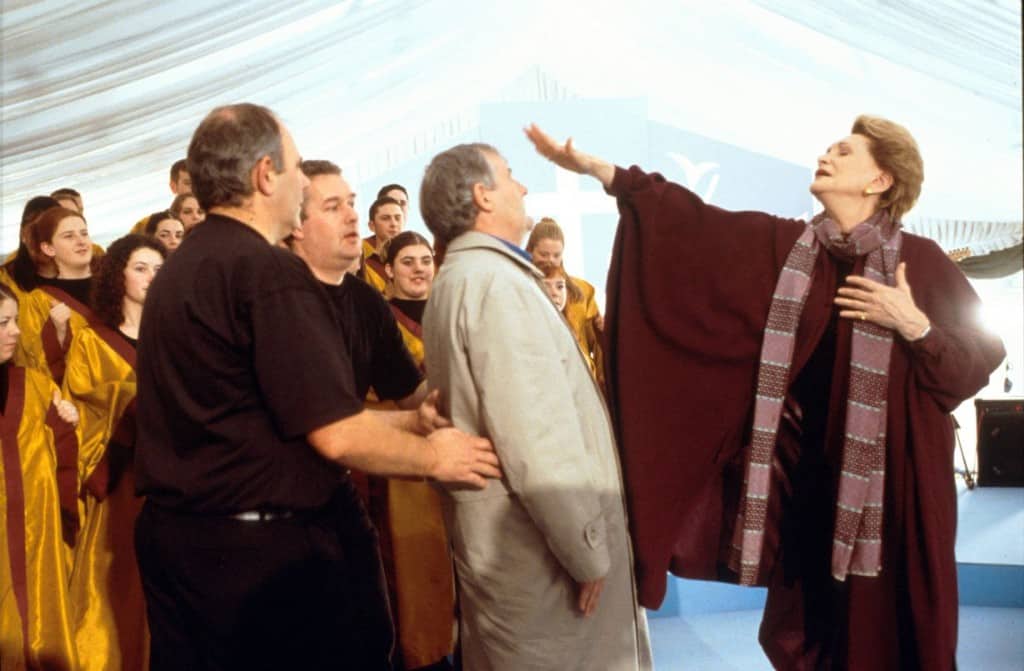
Glenn Hoddle has long claimed that a faith healer known as Eileen Drury was an essential person in his recovery from a severe injury during his playing career. In fact, he had so much belief in her that he hired her as a consultant when he was made manager of the England national team, forcing players to have sessions with her in the physiotherapy room after training.
GyroStim
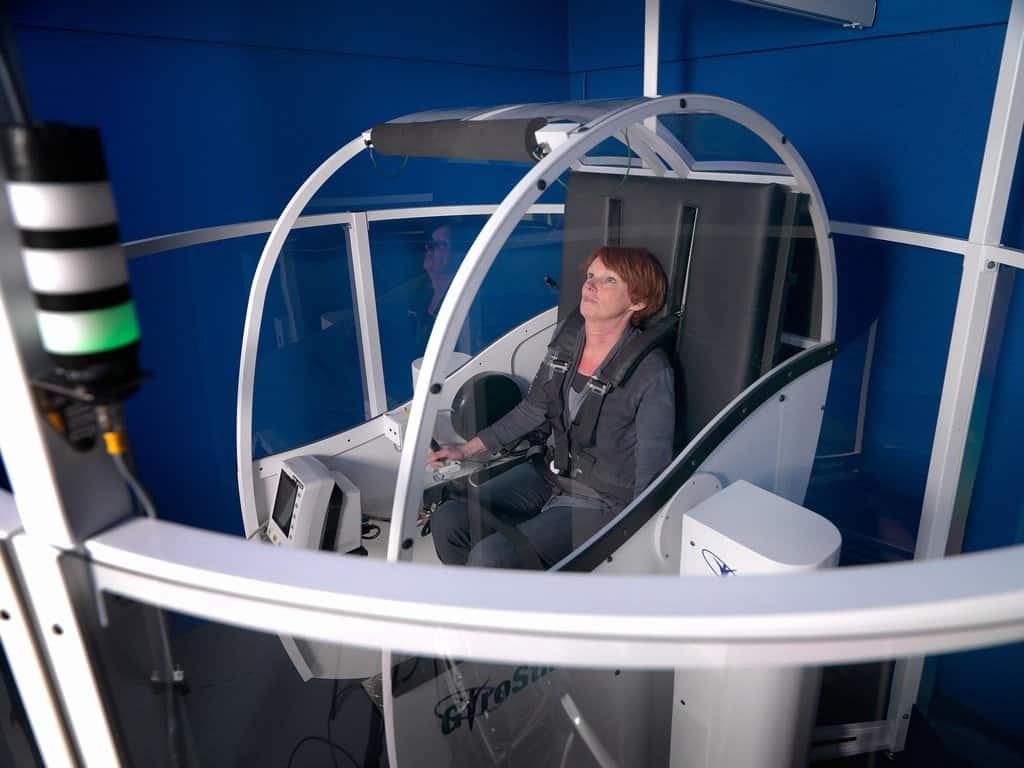
The GyroStim is a specially designed chair that moves around in different directions at a slow pace. It does this in the hope of activating the vestibular system, which controls sensory signals, to increase motor function and help reduce fogginess, headaches and confusion after concussion. It was successful used by Pittsburgh Penguins player Sidney Crosby in 2010.


